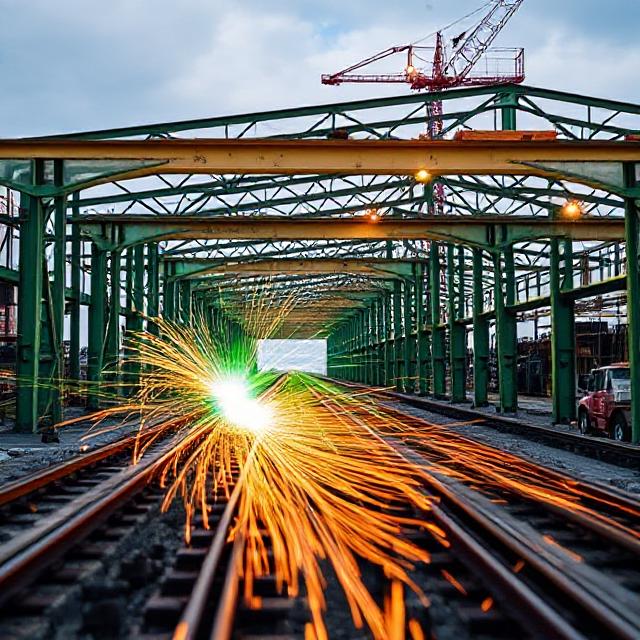A new whitepaper by EY‑Parthenon, developed in collaboration with WWF‑India and CII‑Green Business Centre, outlines a transformative rise in demand for “green steel”—steel produced through low‑emission technologies—driven primarily by India’s automotive, infrastructure, and construction sectors.
According to the report, from virtually negligible levels today, green steel demand is projected to climb to around 4.49 million tonnes by FY30. Construction leads the uptake with approximately 2.52 Mt, followed by infrastructure at 1.5 Mt and automotive at 0.48 Mt. By FY35, demand could reach near 24.9 Mt, soaring to 73.4 Mt by FY40, and ultimately peaking at about 179 Mt by FY50, with construction accounting for more than half of usage.
The report highlights how green steel demand correlates with India’s broader climate and industrial goals, including emission-intensity thresholds (<0.5 t CO₂/t crude steel) and rising carbon pricing. Initially, using hydrogen-based DRI (Direct Reduced Iron) technology incurs a price premium (~US $210/t), translating to cost increases of roughly 3.7 per cent in construction, 5.2 per cent in infrastructure, and 4.1 per cent in automobiles. However, as hydrogen costs fall and scale improves, the premium is expected to decline sharply, dropping below 1 per cent by the mid-2030s.
The analysis also warns of regulatory headwinds such as the EU’s Carbon Border Adjustment Mechanism, which could impose substantial taxes—estimated at ₹19,277 crore by 2030—on carbon-intensive steel exports unless decarbonisation accelerates urgently.
For steel producers and sector stakeholders, the whitepaper underscores that transitioning to green steel is no longer optional—it is fast becoming a strategic necessity. While early adopters absorb higher initial costs, those who invest in green production pathways stand to gain long-term competitive and reputational advantage in both domestic infrastructure growth and global export markets.





